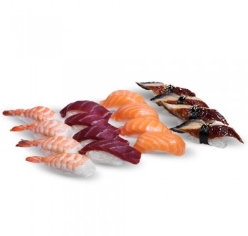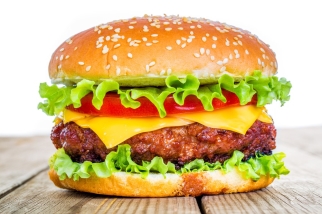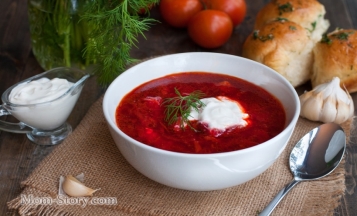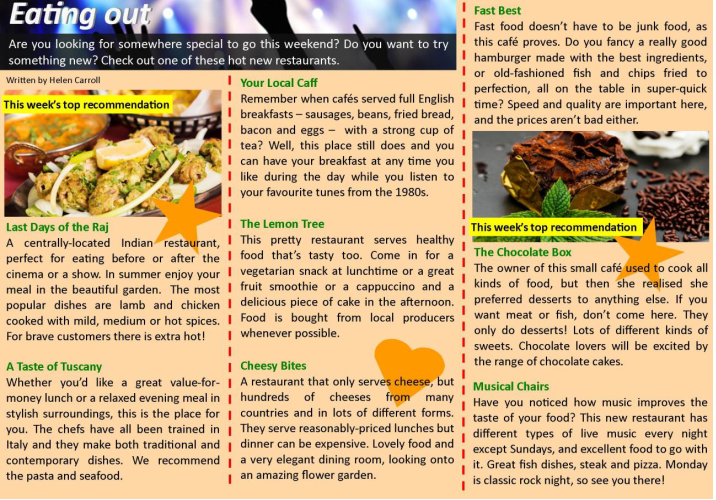Prepare 6. Урок у 6 класі на тему "Food."
Topic: Food all over the world
Objectives:
- to improve lexical skills;
- to revise and practise vocabulary on the topic;
- to improve speaking, writing, reading and listening skills;
- to develop skills to work in pairs;
- practise in using much, many, a little, a few;
- to bring up the interest in learning English.
Outcomes: by the end of the lesson pupils will be able to describe food in different countries, say what they eat for breakfast, lunch and dinner, have practice in using much, many, a little, a few.
Equipment: printed cards, worksheets.
Procedure
I. Introduction.
Greeting
Warming-up
Which ones?
1. Which foods are usually cooked in an oven?
croissant fruit salad omelette pizza sushi
2. Which foods often contain raw (uncooked) food?
curry fruit salad rice sandwich sushi
3. Which foods are NOT usually served hot?
fruit salad pizza sandwich soup sushi
4. Which foods don’t eat vegetarians?
lettuce beet beef strawberry lamb
The Main Part
Listening
T: What do people eat in the UK? What do they like drinking?
Watch the video and say what they eat for breakfast, lunch and dinner.
https://www.youtube.com/watch?v=AeDco_eYzyI
T: What do you eat for breakfast, lunch and dinner?
Vocabulary
Exercise 1
Complete the sentences with the words.
croissant soup rice sandwich takeaway sushi
fruit salad omelette dumplings curry
1. ….is meat or vegetables cooked in a spicy sauce. It often comes with rice.
2. A …. has cheese, meat or vegetables between two pieces of bread.
3. To make an …. , you must beat eggs, add small pieces of meat, cheese or vegetables and then fry it.
4. You don't eat … food in a restaurant. Someone brings it to you or you collect it in the restaurant and then eat it, usually at home.
5. There are many kinds of …. . In the UK, it is often white, but it can also be other colours such as brown or black. It is very common in Asian food.
6. A … is soft, curved bread. People usually eat it for breakfast.
7. A … is a mixture of pieces of different fruits.
8. … can contain meat, vegetables or fruit. They are usually boiled or fried.
9. …. consists of cold rice and meat or vegetables, especially raw fish. It comes from Japan.
10. A …. is a hot, liquid food. It usually contains vegetables or meat or both.
Exercise 2
“National dishes.”
T: There are cards with names of countries, their national or favourite dishes and pictures of dishes. You must match them.
France Croissants
Japan Fried rice, sushi, rice cakes
The USA hamburgers
England fish and chips, roast beef
Hungary goulash
Italy lasagna, pizza
Mexico taco
Poland bigos
Scotland haggis
Spain paella
Exercise 3
“Excess component.”
There are dishes and their ingredients. Children must find an excess component.

rice salmon
jellyfish tuna
octopus shrimp

buns meat tomatoes
cheese cabbage sauce potato

potatoes egg onion
garlic flour salt

onion carrot beet
cabbage cucumber potato
Reading
How often do you usually eat out?
What do you like to order?

- Check your understanding: matching
Match the people with the best restaurant for them. Write the restaurant names below.
|
Your Local Caff |
The Lemon Tree |
Fast Best |
|
The Chocolate Box |
Last Days of the Raj |
A Taste of Tuscany
|
Tom, aged 18
My girlfriend and I are vegetarian. Could you
recommend a suitable restaurant for us?
Lucy, aged 16
My friend has a sweet tooth and I want to take
her somewhere special this weekend.
Dino, aged 21
My mates and I all love spicy food. Can you recommend
somewhere good for us to go tonight?
Melissa, aged 27
I only get 30 minutes off for lunch and I'm in a hurry.
Where can I get something quick to eat?
Micky, aged 38
Breakfast is the most important meal of the day in my opinion.
Do you know anywhere that serves a good brekkie?
Momo, aged 22
We love Italian food, especially pasta. Everyone loves
Italian, don't they? Any good Italians near here?
2. Check your understanding: multiple selection
Write the names of restaurants from the article.
1. Which restaurant(s) serve hot and spicy food?
2. Which restaurant(s) only have desserts and sweets?
3. In which restaurant(s) can you listen to some great music?
4. Which restaurant(s) are good for people who don't eat meat?
5. Which restaurant(s) employ staff trained in Europe?
6. Which restaurant(s) serve an all-day breakfast including sausages, bacon and eggs?
3. Discussion.
Which of these restaurants would you choose to go to, and why?
Speaking
Complete the dialogue with the questions below.
T: Do you know what "Chicken Madras" is?
"Chicken Madras" is an Indian curry.
How often do you eat it? Is it easy to make? What does it come with?
What is it made of? What’s it like?
A: A typical dish in my country is "Chicken Madras".
B:
A: It’s made of chicken and curry sauce.
B:
A: It’s served with rice.
A:
B: It’s very spicy, but it’s delicious.
A:
B: No, it’s very difficult.
A:
B: I eat it once a week.
Now choose a dish from your country and have a similar dialogue with your partner.
Grammar
Cross out the wrong answers to complete the sentences below.
1. I don’t drink much/many milk.
2. I had some/any apples for breakfast this morning.
3. I’m a vegetarian. I don’t eat -/a beef.
4. How many/How much oranges do you eat every day?
5. I usually have a little/a few olives in my salad.
6. Paul doesn’t eat many/much oranges.
7. People say that a little/a few yogurt every day is good for you.
8. I’ve got a/some cheese in my fridge.
9. Pete puts a lot of/much onions in his salad.
10. I eat a lot of/much beef every day.
11. Do you eat many/much beef every day?
12. Did you eat much/many carrots yesterday?
Homework
https://wordwall.net/resource/68086374
https://wordwall.net/resource/65969140
https://wordwall.net/resource/65969288

про публікацію авторської розробки
Додати розробку
